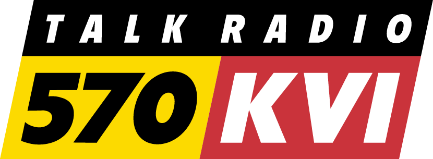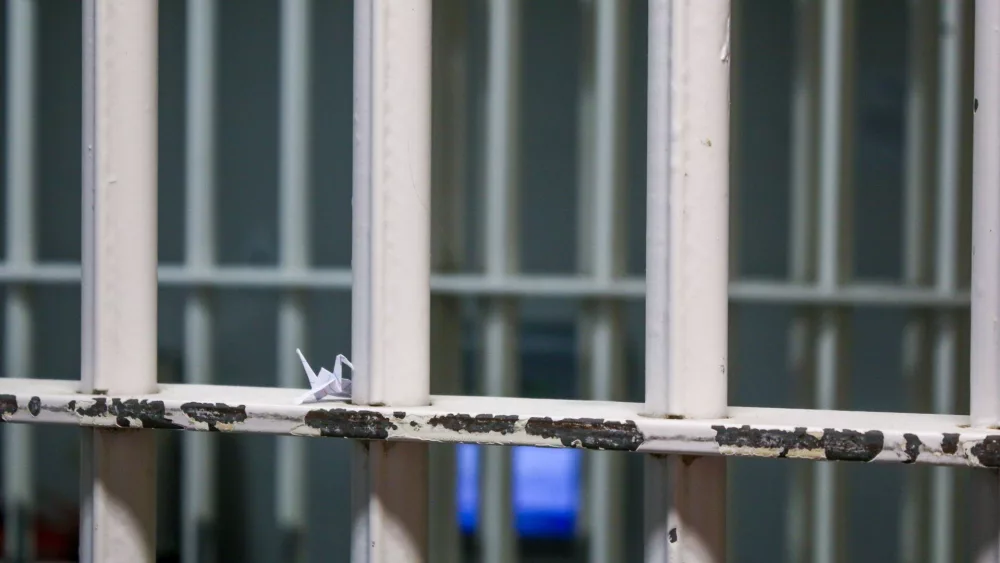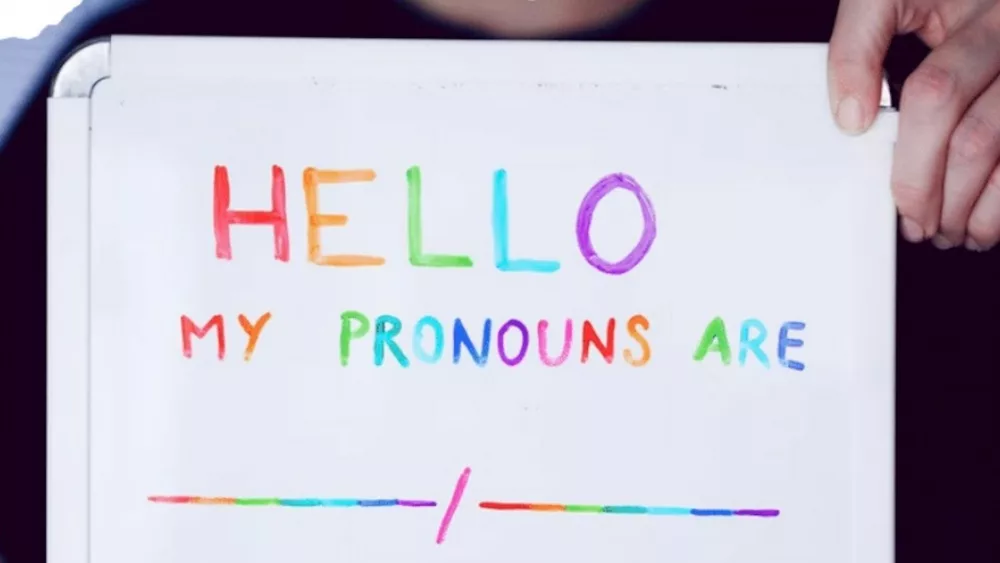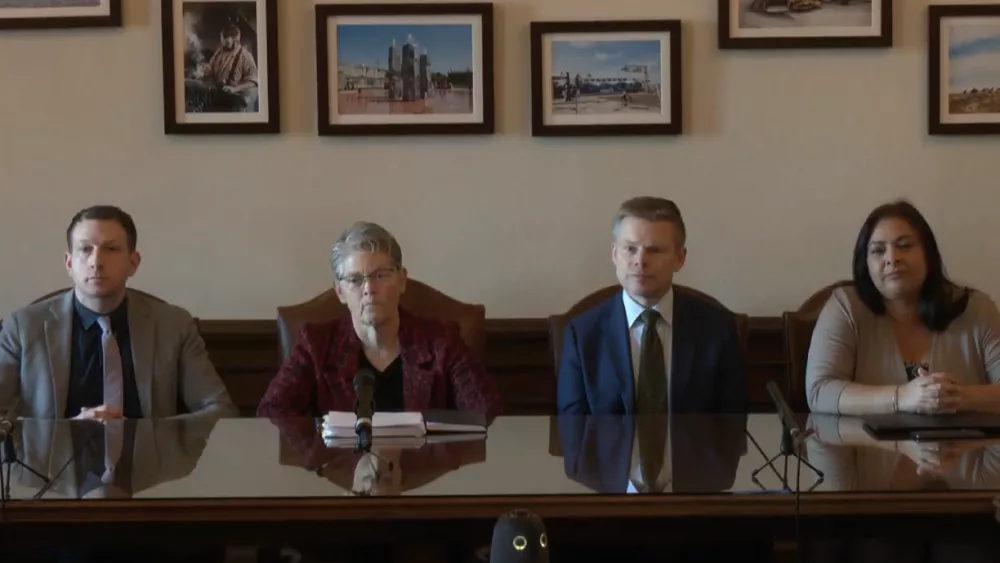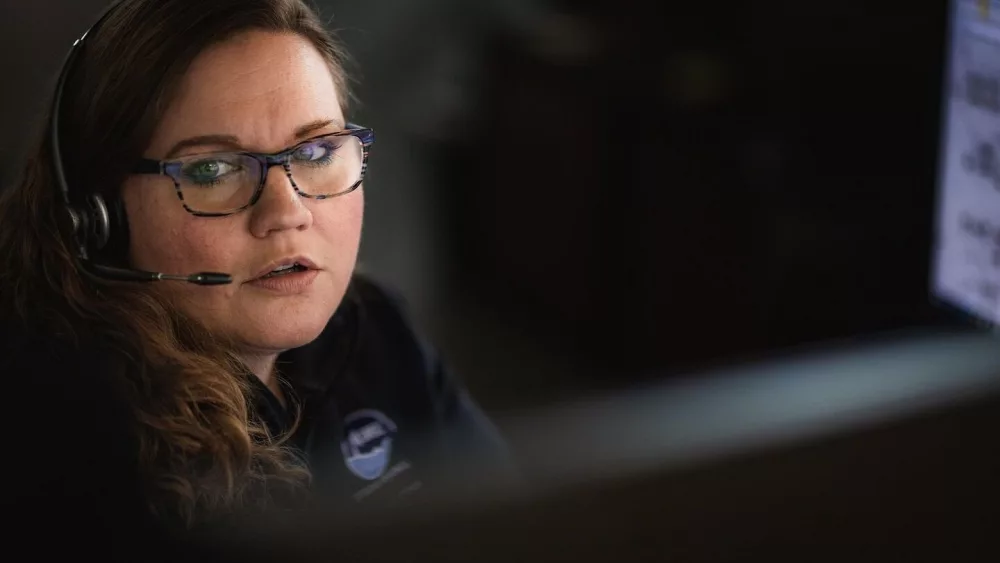Students of all ages at Seattle Public Schools can expect extra-curricular lessons on oppression and privilege, racism and transgenderism in the classroom this week as the district participates in the Black Lives Matter at School Week of Action.
The district disseminated a PowerPoint with resources for educators created by the Seattle Public Schools Black Education Department in collaboration with teachers and academics. The resource highlights activities for teaching students the 13 principles and four demands of Black Lives Matter at School organization.
The demands and principles of the group, which goes by BLM@S for short, are focused on restorative justice, empathy, loving engagement, diversity, being queer and transgender affirming and committed to “disrupting the Western-prescribed nuclear family structure requirement” by supporting each other as extended families.
The district offered teachers what it called “a diverse menu of options for academic engagement throughout BLM@S Week of Action.” The slides offer activities to teach students about privilege, social justice, gender diversity and transgenderism, as well as handouts on how to be an activist.
The week’s activities are not part of the curriculum despite being taught in the classroom.
“As always, practice your professional discretion,” one slide says. “The following resources do not represent SPS adopted curriculum, but all resources have been checked for quality, relevancy, and recency.”
The district’s 2015 supplementary instructional materials policy says such materials should be “consistent with district-adopted curriculum” and “be generally culturally relevant, free of sex bias, stereotyping, race, class, and other forms of bias.”
The sample activity slides say the first day or week of study should be dedicated to teaching the BLM@S demands and principles. Elementary students are recommended to use coloring books that break down the goals of the organization’s principles.
“Everybody has the right to choose their own gender by listening to their own heart and mind,” reads the page about being transgender-affirming. “Everyone gets to choose if they are a girl or a boy or both or neither or something else, and no one else gets to choose for them.”
Some of the slides’ resources require middle and high school students to learn about their privilege using a “cultural humility wheel” that asks students to “create a map of how the intersecting parts of your identity result in privilege and oppression.”
“The more privileged you are by an aspect of identity, the closer to the centre of the wheel your marker will be,” a worksheet for middle and high school students says. “You can also think of the wheel as reflecting exclusion nearer the edge of the wheel, and inclusion closer to the centre.”
The wheels contain different characteristics like age, citizenship status, race, religious affiliation, sexual orientation, gender identity, educational attainment, household income and physical ability.
A separate privilege wheel handout for middle and high school students says that, “In the United States, demographic characteristics, while not the only indicators/drivers of privilege, are inextricably linked with privilege.” That same handout also tells students to color the inner wedge of the wheel red if they have “mostly used that privilege in ways that have negatively impacted the community.”
The resource directs high school students toward an interactive privilege wheel that is created for them based on what characteristics they enter. For elementary students, there is a social justice booklist resource for reading aloud to the class.
While upper grades are likely to learn about hate and gender-diverse cultures worldwide for the day three lesson on diversity and inclusion, K-1 students may receive instruction on “My Princess Boy,” and K-2 students may learn about “Julian is a Mermaid.” Those in grades 3-5 may learn about “Born Ready: The True Story of a Boy Named Penelope.”
On day four, students may learn about the intersection of disability and race or gender and race.
On day five, focused on “Black Empowerment and Liberation,” educators are directed to direct high school students to handouts on organizing positive collective action and reading a zine (small magazine) called “Trans Love Heals Generations” from Trans Day of Resilience. Students must provide their contact information to download the zine.
Middle school students are also directed to be taught about the concept of protest and “how to be an Activist” handouts, which include fundraising, writing a petition, designing a poster and writing letters to politicians.
Among other resources for day five, elementary students are supposed to have a read-aloud lesson on “I am Jazz,” which has been one of the most challenged books about transgenderism in school libraries, according to PEN America, an organization opposed to the removal of LGBTQ+ content from school libraries.
Some educators have criticized SPS for not expressing solidarity with Palestinians, pointing out that BLM@S released a statement in October condemning Israel and blaming them for the terrorist attack on Oct. 7.
“BLM@School wants to be clear in our recognition that this unfolding loss of Palestinian and Israeli lives is the direct result of decades of Israeli settler colonialism, land dispossession, occupation, blockade, apartheid, and attempted genocide of millions of Palestinians,” the organization wrote.
“Palestinians are reminding us that decolonization is not a metaphor or abstraction, but requires real, daily struggle,” the group said. “Education should be wielded in service of struggle. The ongoing fight to #TeachTruth in the U.S. must include Palestinian existence, resistance, culture, global contributions, and the ongoing struggle to realize a free Palestine.”

